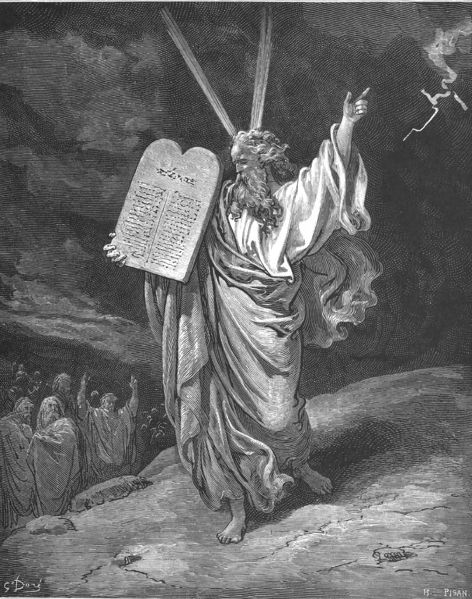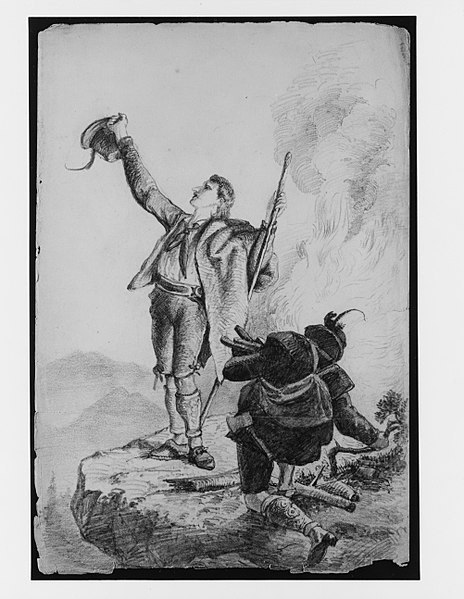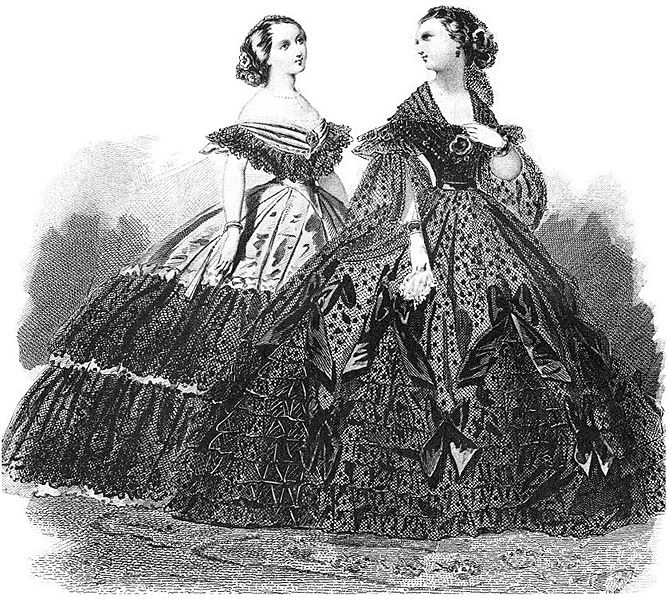BROWDERBOOKS
You think we've got it bad with the coronavirus? How about a cholera outbreak so bad that Hudson River steamboats, refusing to dock in the city, dropped New York-bound passengers off somewhere in Westchester County, making them trudge back to the city as best they could? Or a snowstorm that dropped so much snow on the city that the next morning, when New Yorkers went out in snowshoes, they walked over the tops of trees? This was in March, but the last snow, now blackened, didn't melt until July.
All this, the cholera of 1832 and the Great White Blizzard of 1888, is told in chapter 32 of my new nonfiction title, New Yorkers: A Feisty People Who Will Unsettle, Madden, Amuse and Astonish You, which is now available as a paperback at Amazon. It celebrates New Yorkers and their wild, crazy, noisy, and profoundly creative city. A fun book, but with a few grim moments.
New Yorkers has received its first review, a five-star editorial review for Readers' Favorite Reviews by K.C. Finn, who says: "Author Clifford Browder has crafted a loving and modern master work on the Big Apple, one which is both an entertaining read in itself and an essential piece of informative travel guide work.... I’d highly recommend New Yorkers to any reader seeking an accomplished written snapshot of such a complex and wonderful city." For the full review, see post #455.
More reviews are expected. To my surprise, the book has even had a sale in England.
My Goodreads giveaway, offering 100 ebooks of New Yorkers, ends tonight at midnight; there's still time to enter it. So far, 427 people have signed up.
I am now in the process of building a website; more of this anon. For my other books, go here.
The post that follows is the first of a series that I plan to do on natural features that I somehow relate to: Mountains, Forests, Rivers, maybe Prairies or Fields. But first, Mountains.
MOUNTAINS:
THEY ENTICE, DELIGHT, KILL
I’m a city boy and happily so, but I have had my experience of mountains. Not towering snow-capped peaks like Everest, or fiery, lava-spewing craters like Pele on the island of Hawaii, which I chronicled in post #380, “When Grandma Burns Your House Down.” (More of her later.). And not where I grew up in Illinois, which has no mountains. My first mountain was Old Baldy, visible in the 1940s from the campus of my college, Pomona, in the orange groves of southern California. With a height of 10,000 feet and sometimes snow-capped, it is the tallest peak of the San Gabriel Mountains, which are located in Los Angeles County not far from the City of the Angeles. It was not a threat and could be reached easily by car, since a paved road went much of the way up the slope. I remember some friends of mine returning from Old Baldy with heaps of snow packed tight on the sides of the car, snow being a novelty in southern California.
Hardly an experience of mountains, you may assert. True enough. But my next mountain was Mount Canigou in the Pyrenees, 9,000 feet, and being young and adventurous, in July 1952 I climbed to the very top. It was a good trail, but it took two hours or more and was a challenge. Finally I reached the chalet near the top, too tired and hungry to continue. I bunked down with other hikers in a communal shelter, slept fairly well, and when I got up in the morning, looked out the window at a fiery red dawn sky, the most magnificent that I have ever seen. Hurrying through breakfast, I rushed out and found the sky now a splendid snowy white. It took only fifteen minutes to reach the rocky summit, but by then the white was gone, replaced by a cloudless summer sky, beautiful, but not extraordinary. On the summit also were hikers who identified themselves as Catalan, not Spanish. Going back down the mountain took a mere forty-five minutes, but my leg muscles felt just a bit rubbery, well exercised. So ended my one real mountain climb, from the bottom to the top and down again. I will never forget the red dawn sky, followed by milky white.
 |
| Mount Canigou. No snow when I was there. WSX |
Once I settled down in New York City, I was far from any mountains, but an hour’s bus ride took me far upstate to Harriman Park. Hiking there, I have climbed many so-called mountains, but they are really just wooded ridges. But one, Parker Cabin Mountain, following a slow ascent to the top, gave me the thrill of a steep descent that I wouldn’t attempt now for anything. But following the descent came a reward: in August, blueberries to be picked by the hundreds; I returned with my backpack full.
So my experience of mountains has involved energy, marvelous views, and fun. But mountains can be dangerous. Almost every summer one hears of some teen-age boys who climb up to some ledge and then, looking back down, are frozen in fear. Only then do they fully appreciate the perilous nature of their climb. Trapped overnight on the ledge in light summer clothing, they suffer from exposure, for even in summer, mountain nights are cold. One heartbreaking account told how rescuers, arriving by helicopter the next day, found one boy dead and his buddy dying. “Please don’t let me die,” he pleaded, but he was gone before they could get him off the mountain. Yes, mountains can be dangerous; one must approach them with caution and respect.
The very notion of mountains as a place for entertainment and fun is a modern one. Until recent times mountains were viewed as places of peril, not beauty. They were viewed from below, and with daily life more challenging by far than today, people felt no need to seek more hardship and danger by climbing them. They were for the gods, and no place for ordinary mortals. Mount Olympus was the home of the gods of ancient Greece, and Mount Helicon the home of the Muses. And in Jewish and Christian tradition, when God wanted to give Moses the tablets with the Ten Commandments, he summoned him up to Mount Sinai. So mountains can be seen as sacred and worthy of reverence, as they are in many mythologies and belief systems, including those of the native peoples of North America.
 |
| Moses coming down from Mount Sinai. Gustave Doré, 1866. |
And mountains can be seen as sublime. In ancient times the notion of the sublime — greatness that surpasses mere beauty and defies measurement or imitation — was examined by the philosopher Longinus in his 1st-century A.D. work On the Sublime. Rediscovered in the Renaissance, his ideas influenced modern thinkers, who described the sublime as fear-inspiring and tinged with horror, an experience that they encountered when crossing the Alps. Romantic poets and artists embraced the concept, and Wordsworth expressed it in the Prelude in a dramatic description of his crossing the Simplon Pass.
The immeasurable height
Of woods decaying, never to be decayed,
The stationary blasts of waterfalls,
And in the narrow rent, at every turn,
Winds thwarting winds, bewildered and forlorn,
The torrents shooting from the clear blue sky,
The rocks that muttered close upon our ears,
Black drizzling crags that spake by the wayside
As if a voice were in them, the sick sight
And giddy prospect of the raving stream,
The unfettered clouds and region of the heavens,
Tumult and peace, the darkness and the light —
Were all the workings of one mind, the features
Of the same face, blossoms upon one tree,
Characters of the Great Apocalypse,
The types and symbols of Eternity,
Of first, and last, and midst, and without end.
Far better than any abstract definition, this passage conveys the very nature of the sublime. And Romantic artists and poets, wanting more than just beauty, embraced it.
 |
| Caspar David Friedrich, Wanderer Above the Sea of Fog. Oil on canvas, circa 1817. |
Few of us today tell of experiencing what Wordsworth experienced in the Alps. We don’t fear mountains; we go to them for climbing and skiing, for adventure and fun. Cable cars take tourists and skiers up to high elevations, where the skiers can ski gracefully — or not so gracefully — down snowy slopes, casting long shadows on the snow. And the tourists oooh and aaah at the sights. And the tourists take photos of one another, or selfies, against a mountainous backdrop: proof that they were actually there, albeit without much effort. We have made mountains into our theater, our playpen.
 |
| Alpine skier |
 |
| Tourists on Qigu Salt Mountain, Taiwan. bangdoll |
However we go at them, we can’t leave them alone. Our need of thrills and adventure takes us — some of us — even further. Recently I viewed on YouTube a fascinating Australian video on how people react to mountains. The video shows climbers crawling up vertical cliffs, the mere sight of which almost gives me vertigo. It shows a climber hurtling headlong, head over heels in space, his life depending on a single long strand of rope that may save his life, but cannot keep him from finally hitting a snowy surface headfirst. Closeups show a bruised and bloody face, and bleeding fingers from clutching at the jagged face of a cliff. And men carrying a stretcher down a mountainside with the body of a climber who didn’t survive his adventure. All this because we never feel more alive than when we know that, at any minute, we can die. All this because some of us yearn to be the first, the very first, to see or do something extraordinary, yearn to strike a victorious pose at the very top of mountain, as if to say, “You’re tough, but I conquered you, I won.”
 |
| John Singer Sargent, drawing from Switzerland sketchbook, 1869. |
Illusion. The video also shows jagged barren peaks where no living thing exists, snowy summits against an orange sunset, peaks towering above a vast, fluffy skyscape of clouds. We yearn for the sublime and find it in mountains, but the mountains are indifferent to us, don’t need us, existed long before life evolved, and will still be there when, eons from now, the last trace of life is exterminated.
 |
| Dominicus Johannes Beugsma |
Nowhere is their indifference, their contempt for us, more visible than when they explode and send fiery flows of lava down their slopes. One thinks immediately of Vesuvius and how it destroyed the delightful seaside resort and moneyed escape-from-the-city retreat that was Pompeii. Found buried there in volcanic ash were remains of fleeing humans trying to outrun the mountain’s fury, just as, on snowy slopes, remains have been found of sprinting humans trying to outrun an avalanche.
 |
| Advancing lava of a Hawaiian volcano, 2003. |
How to deal with such a situation is discussed in my post #380, “When Grandma Burns Your House Down.” The grandma involved is Pele (pronounced PEH-leh), the Hawaiian goddess of volcanoes and fire, the woman who devours the earth. She is thought to live in the volcanic crater of Mount Kilauea on the island of Hawaii. When the volcano erupts, it causes earthquakes, releases lethal gases, and sends streams of lava down her slopes to engulf forests and homes in fire.
Unable to cope otherwise, native Hawaiians revere Madame Pele, view with admiration and awe her fiery eruptions, honor her as the creator of their island, and try to appease her with offerings of crystals, money, incense, and food. But she can also appear in human form, so if you see her hitchhiking, offer her a ride. And since she loves the stuff, offer her some gin. When the volcano erupts, threatening once again to send down lava to destroy their homes, they say, “Ah, Pele is coming down to play,” and prepare to run for their lives. Because, like her descendants, she likes a little mischief.
 |
| Mount Everest in the Himalayas, the king of all mountains, 2006. Closed to climbers now on its side by Nepal because of the coronavirus pandemic. Luca Galuzzi |
So we have two ways to deal with mountains today. One is to go to them for amusement and thrills, or to try to conquer them, which takes courage. The alternative: see them as your ancestor, your loving but capricious grandmother, and revere her and make nice with her, no matter what she does, which shows wisdom. Courage or wisdom: both are commendable. But from my snug cozy New York apartment, far from volcanoes and their fiery spew, I choose wisdom.
Coming soon: "Fashion Dirties, Fashion Kills." A look at fast fashion, the world of knockoffs, with a sober warning about your cotton T-shirts and blue jeans.
© 2020 Clifford Browder















